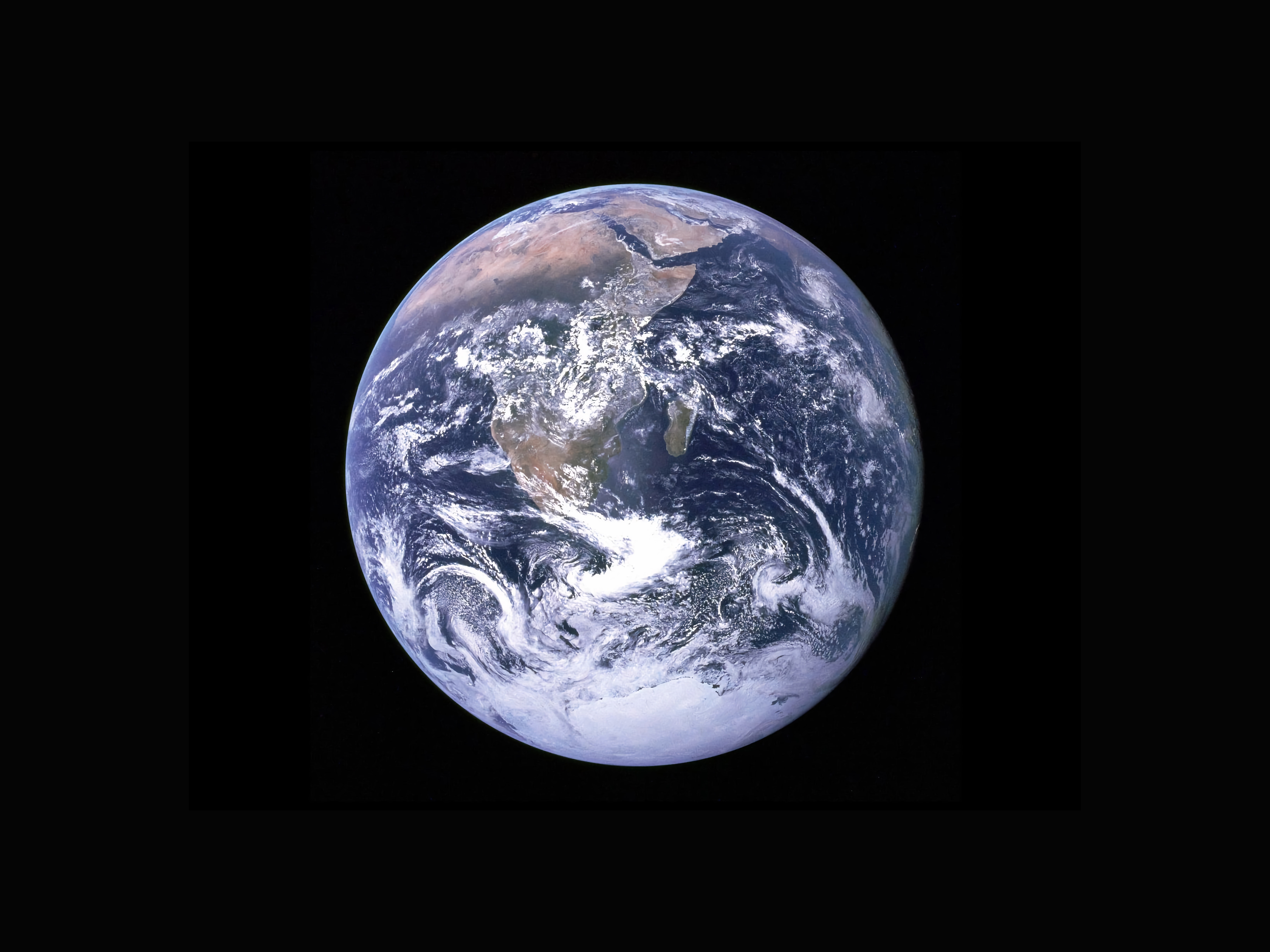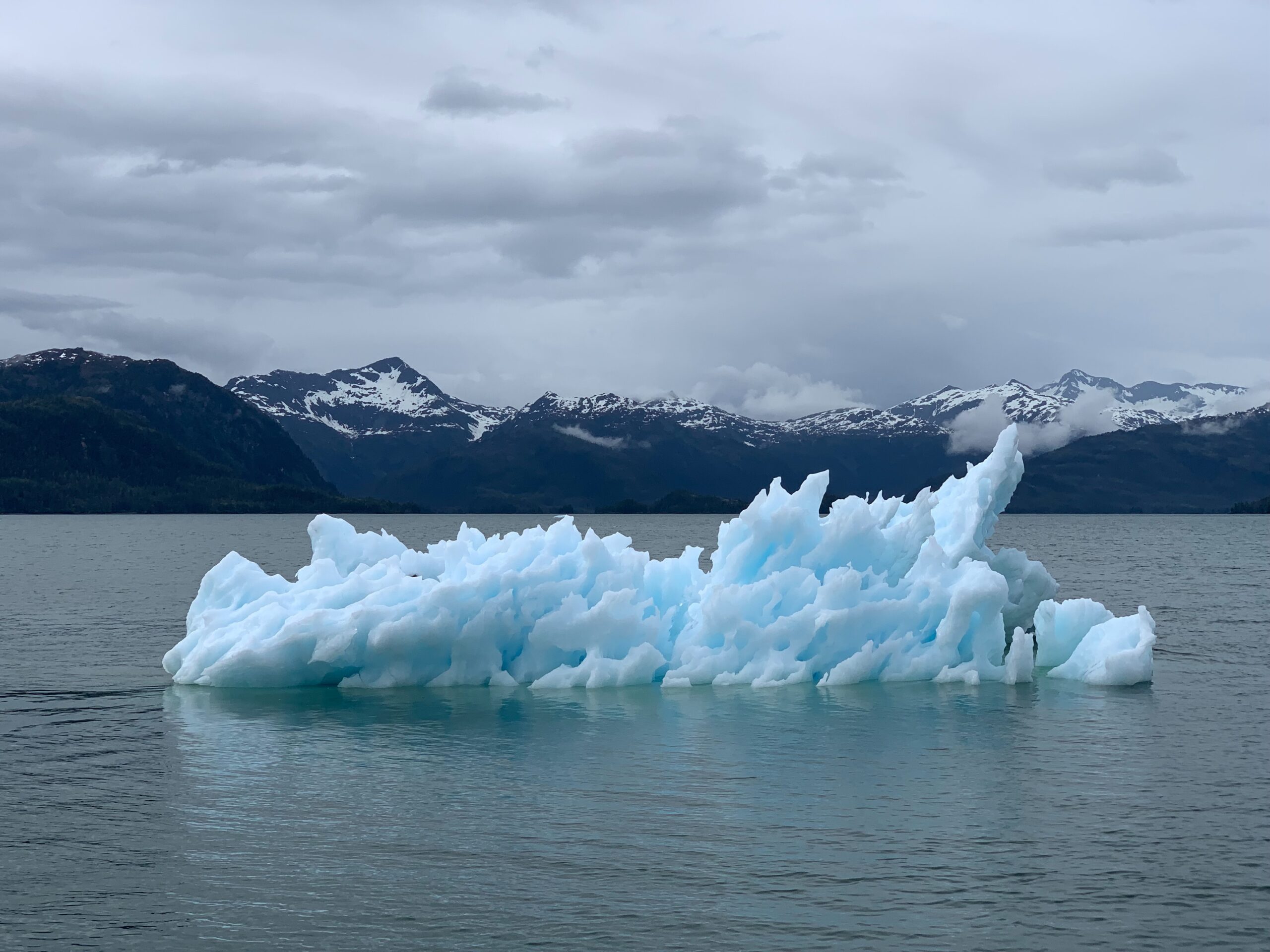What are the facts about the international risks of climate change?
The facts of climate change and the international risk this bring are undisputable. The concentration of carbon diaxide in earth’s atmosphere is the highest it has even been. And average global temperatures in 2020 where one degree higher than the average in the 20th Century. That makes 2020 the hottest ever year in recorded history! The second hottest year was in 2014. The attack on flying and driving is fair, but it is not proportionate. Eleven percent of greeen-hose gas emissions come from deforestation – higher than the impact of passenger vehicles and planes. This is important, because forests, especially tropical forests, are amazingly effective at capturing and storing carbon. It seems strange that nature-based solutions to climate change receive only three percent of climate funding. The oil and gas industry is an important global employer . but restoring degraded forests would create up to 39 jobs for every one million dollars spent – that is job creation of a scale six-times more effective than the oil and gas industry.
On The International Risk Podcast, we have spoken to several climate experts, including Titta Lassila, and more recently, youth activists Chito Arceo from the Philippines. We have learned from these guests about the huge impact of climate change of 800 million people – that is 11 percent of the world’s population, who are vulnerable to climate change and the impacts of cliate change including extreme weather events, flooding, droughts, heat waves, and sea-level rises.

At the same time as 800 million people are at risk of climate change and the international risks this brings, there are 800,000 heactars of mangrove forests lost ever year. This removes an incredibly impotant extreme weather buffer from coastal communities, and the destruction of mangroves releases immense amounts of carbon dioxide into our atmosphere.
Risk mitigation is often expensive, but it should always be cost effective. And saving the nature is an excellent and cost effective risk mitigation tool. Saving natural coral reefs is 400 percent cheaper than building a sea wall for coastal protection, and that cost saving even includes the costs of ten years of maintenance. So why would anyone build a coastal wall for protection, when protecting a beautiful coral reefs is cheaper and more effective?
The long term global warming of our planet, and the international risks it presents are wide ranging and include accelerated ice melting in Antarctica, the Arctic, and Greenland, rising sea levels around the world, and shifting flower and plant blooming times which has significant impact on farmers and wild-life that depend on these blooming cycles and food availability for their own reproductive activities. In financial figures, this equates to $44 trillion in costs by 2060 if we do not act more aggressively now. There are already more than 15 weather-related events each year that cost $1 billion in damages, and the intensity of these events is continually increasing.

What can we be doing to mitigate the international risks of climate change?
Good corporate citizenship and corporate social responsibility can play a very positive role in reducing the likelihood and consequence of the risks associated with climate change. Effective corporate social responsibility helps companies choose to do what is right not only for their bottom line but also to build customer trust. Consumers feel that when they partner with a socially responsible company, they are contributing to a company that is having a positive impact on the community or environment. The more socially responsible the company, the more supportive their community and consumers become, and the increasing effective of corporate social responsibility can have on reducing the risks of climate change. There are many ways businesses, large and small, can enact corporate social responsibility programs that mitigate the risks of climate change including:
- Charitable giving to environmental organisations
- Employer-sponsored volunteering
- Corporate policies that are pro-environment
- Making carefully considered investments that are environmentally positive
- Reducing carbon footprints by identifying the most appropriate operational and supply chain processes and practices

Environmental corporate social responsibility generally refers to the actions that businesses leaders and companies take from ethical business practices, donating, and supporting work that positively contributes to the environment. Companies that participate in effective programs that aim to reduce the international risk of climate change generally aim to take actions that:
- Reduce green-hoe gas emissions
- Increase recycling
- Improve waste management practices
- Decrease water use
- Create environmentally friendly travel policies
- Limit energy use
- Support environmentally responsible offices
Complying with ISO Standard 14001 (2015) is a great way to improve business practices, mitigate risk, and be confident that your company has established appropriate environmental management systems. Conducting an environmental review of your business is an important issue for many Boards, consumers, and employees. Not only does conducting an environmental review positively impact the environment – when it is accompanied by rectification actions – but it also ensures you are complying with all relevant regulations, it contributes to a positive image of your company with internal and external stakeholders, and improves your operational effectiveness, which further reduces your risk exposure in other areas.

Pingback: Crisis management and international risk – The International Risk Podcast
Pingback: Russia sanctions and the impact on international risk – The International Risk Podcast
Pingback: Climate Trace: What is it and how can it help us? – The International Risk Podcast